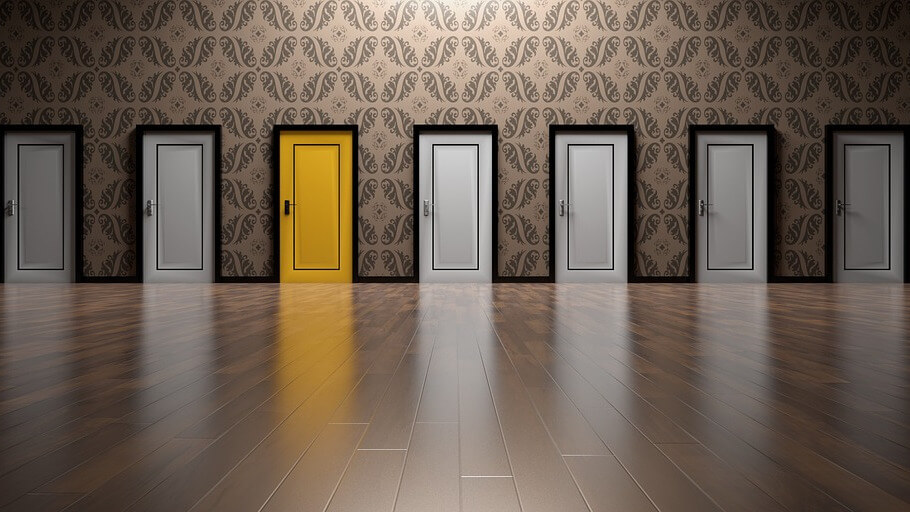
Having different types of pricing is crucial to standing out amongst the competition, and gaining a competitive edge.
NB: This is an article from Mews
Like in any highly competitive industry, the more options you can offer, the more you can appeal to a wider audience. In addition, offering different rates will allow you to generate more direct bookings, increasing occupancy and revenue.
Subscribe to our weekly newsletter and stay up to date
10 different hotel rate types for your hotel
Having a range of pricing options will help you manage operational costs and keep you competitive no matter seasonality or local market conditions. Now that you’ve understood why different hotel rate types are important, let’s look at 10 common rates in hotels.
1. RACK
RACK rates are standard prices that are published on your property’s website. They’re usually the highest possible rates and don’t include any discounts or extras. They may, but don’t always, include breakfast.
2. BAR
When asked for the best available rate, or BAR, a guest is really asking for the lowest rate. Sometimes you can also offer a dynamic rate or a daily rate. It is the lowest discounted price for your property to break even, which will vary depending on whether it’s high or low season.
3. Dynamic
Dynamic rates depend on availability and will change based on occupancy. For example, you might have a different BAR if you are at 20% occupancy vs. 60%, because as demand increases, so do prices.
4. Daily rate
A daily rate is usually set by a revenue manager depending on demand forecasts. Daily rates are dictated by the day of the week, with Fridays and Saturdays generally being the most expensive. The price at the beginning of the week will often go down as demand decreases, while the price may rise on Wednesdays and Thursdays as the weekend approaches.
5. Non-refundable
Non-refundable rates are a great way for hoteliers to guarantee revenue because guests must pay either a percentage or forfeit the whole amount should they decide to cancel. For this reason, prices are more attractive and are usually discounted 5% to –10% off the BAR.




